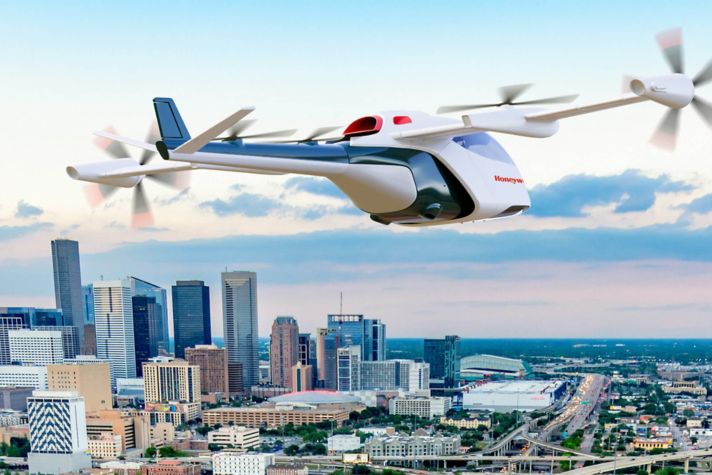-
Global
-
Africa
-
Asia Pacific
-
Europe
-
Latin America
-
Middle East
-
North America
- |
- BUSINESSES
- |
- Contact
- |
-
Global
-
Africa
-
Asia Pacific
-
Europe
-
Latin America
-
Middle East
-
North America
- |
- BUSINESSES
- |
- Contact
- |
You are browsing the product catalog for
You are viewing the overview and resources for
- News
- How Humans will Get Back to the Moon
How Humans will Get Back to the Moon
All about the Orion Spacecraft: The vehicle that will take humans back to the moon – and beyond
NASA is preparing for missions to travel farther in space than ever before and will use the Orion spacecraft for those explorations.
Honeywell has been part of every NASA human space mission and this will be no exception. As part of a long-term partnership with Lockheed Martin, we will help provide key components on board.
Here are some details.
1. Orion will take humans back to the moon.
There have been no astronauts on the moon since the Apollo missions ended in 1972.
That will change with the Artemis missions, projected to start in October 2020.
During that initial voyage, Orion will travel unmanned around the moon and back. About two years later, astronauts will be on board as the space craft journeys around the moon again.
“Basically, the spacecraft will circle our planet twice while periodically firing its engines to build up enough speed to push it toward the Moon before looping back to Earth,” according to NASA.
The missions will include the first woman to walk on the moon by 2024, according to NASA. The first all-woman spacewalk occurred in October.
2. Orion will have the most powerful technology and launch system ever.
The Space Launch System, which is the rocket that sends Orion to space, will be the most powerful ever built, according to NASA.
It can propel more tonnage than ever and “enables us to get more into space with fewer launches,” said Jeffrey La Plante, the Orion program manager for Honeywell.
The software powering the spacecraft also will be groundbreaking.
“We have delivered a customized software solution to meet Orion’s unique hardware capabilities and requirements,” Jeffrey said.
The technology used to explore space benefits us back on Earth, he added.
“In our day-to-day lives we interact with space in ways we just don’t realize because it’s built into the technology that we use every day,” Jeffrey said.
Consider satellite television or using GPS to navigate.
“Most people don’t realize how much space is integrated into their lives,” he said.
3. Orion will support deep space exploration.
The moon missions will be a precursor to astronauts exploring Mars.
The Red Planet is "about 1,000 times farther from Earth than missions to the International Space Station," according to NASA.
Reaching that distance will take time - roughly a year for astronauts to reach the Red Planet, a year to explore Mars and another year to return home.
Copyright © 2025 Honeywell International Inc.




